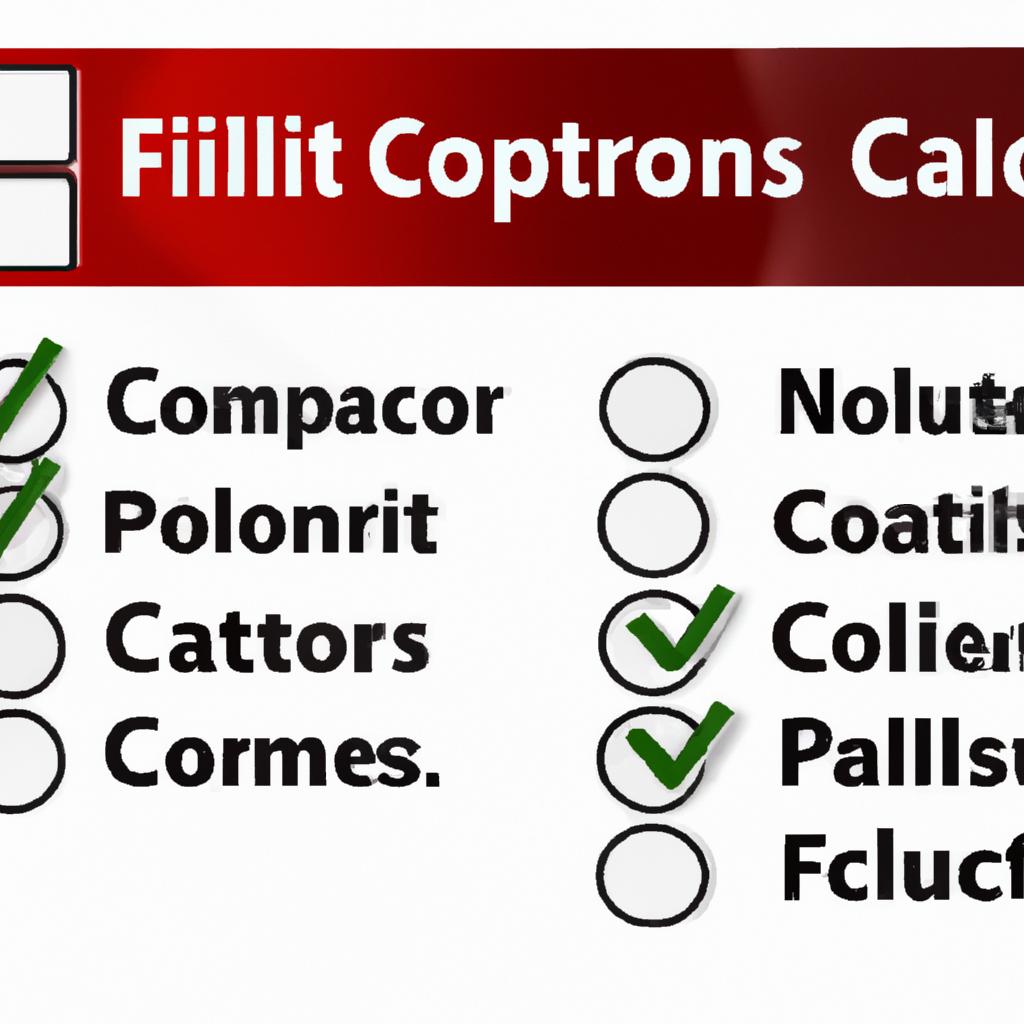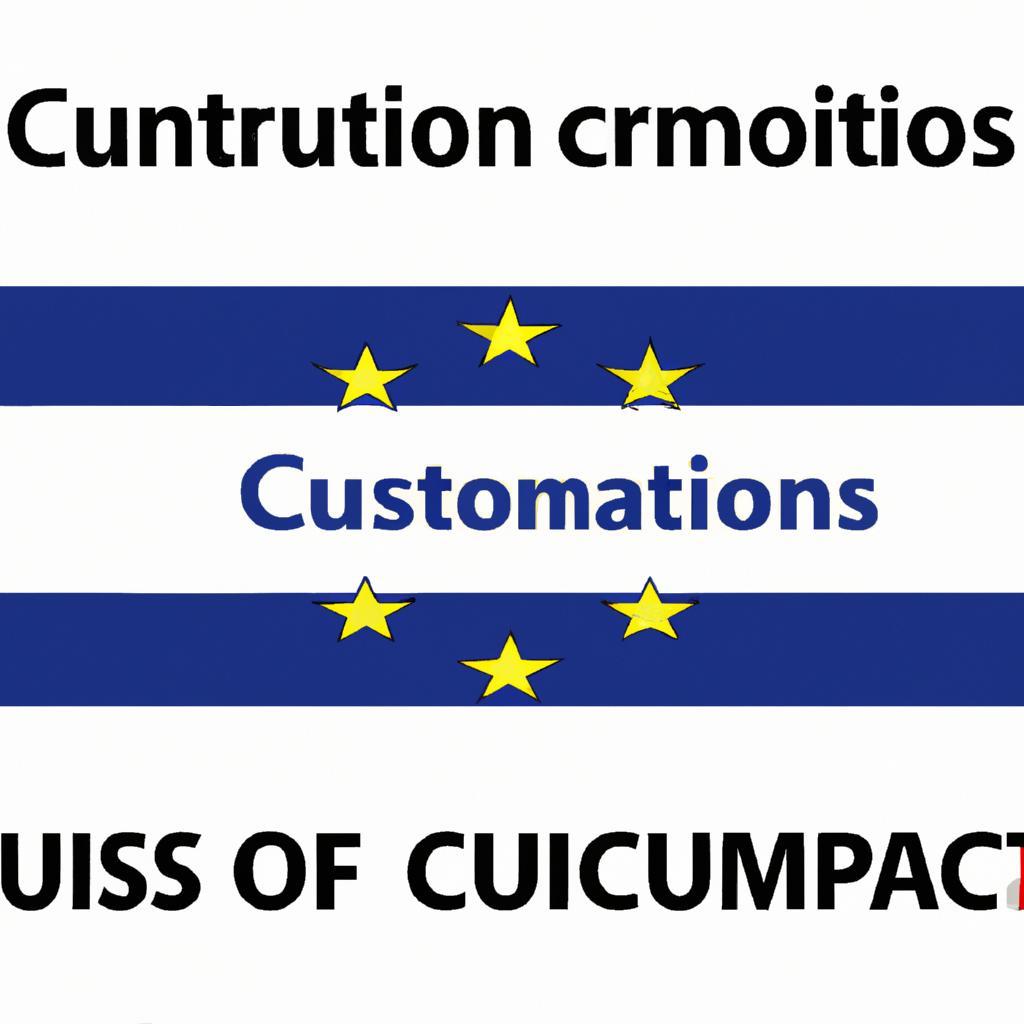Navigating Customs: Your Guide to Import Restrictions and Duty-Free Limits
In an increasingly interconnected world, the allure of international travel and online shopping has opened up a treasure trove of goods and experiences from every corner of the globe. However, along with this freedom to explore and acquire comes a complex web of regulations and restrictions that can leave even the most seasoned traveler scratching their heads. As each country safeguards its borders with unique import restrictions and duty-free limits, understanding these rules becomes essential for a smooth journey. In this guide, we will demystify the intricacies of customs regulations, equipping you with the knowledge you need to navigate the often-turbulent waters of international imports. From the basics of duty-free allowances to recognizing prohibited items, we’ll help you make informed decisions that will keep your travel adventure delightful and stress-free. Prepare to embark on a journey of discovery as we unveil the essential dos and don’ts of customs regulations, ensuring you’re well-prepared for the next time you pass through the gates of a new country.

Understanding Import Regulations for Smooth Customs Passage
When embarking on an international import journey, it is vital to grasp the intricacies of import regulations to ensure a seamless passage through customs. Each country has its own set of rules governing what can be brought in, which can significantly impact your logistics and overall experience. Key factors to consider include:
- Prohibited Items: Familiarize yourself with goods that are outright banned from importation.
- Restricted Items: Some items may be allowable but come with specific restrictions or require permits.
- Documentation: Ensure all necessary paperwork, such as invoices and certificates of origin, is prepared to avoid delays.
- Duty-Free Limits: Know the limits on how much you can bring into a country without incurring additional taxes.
Understanding these elements can make a significant difference in your trading journey. For a clearer view, here’s a table highlighting common duty-free limits for selected countries:
| Country | Duty-Free Limit (USD) |
|---|---|
| United States | $800 |
| Canada | $200 |
| Australia | $1,000 |
| United Kingdom | £390 |
Being informed not only streamlines the customs process but also helps you avoid unnecessary customs duties and penalties. As regulations can change frequently, it’s advantageous to stay updated with the latest guidelines from customs authorities relevant to your imports.

Maximizing Duty-Free Allowances for International Travelers
For international travelers eager to make the most out of their shopping experiences, understanding the intricacies of duty-free allowances can significantly enhance your journey. Each country has set limits on the quantity and value of goods you can bring back without incurring duties, often dictated by your travel origin and destination. To make sure you don’t miss out, consider strategizing your purchases to stay within these limits. This can involve careful planning around high-demand items such as alcohol, tobacco, and luxury goods.
Here are some key tips to maximize your duty-free experience:
- Research Limits: Know the specific duty-free allowances for your destination country, as these can vary greatly.
- Receipt Retention: Keep track of your receipts to ensure proof of purchase if customs requests it.
- Group Purchases: If traveling with family or friends, consider pooling your purchases for a larger total without exceeding individual limits.
| Item | Typical Limit |
|---|---|
| Alcohol | 1 liter |
| Tobacco | 200 cigarettes |
| Fragrances | 60 ml |
| Luxury Goods | $800 |

Common Pitfalls to Avoid When Navigating Customs Procedures
When traversing the complexities of customs procedures, it’s crucial to steer clear of common setbacks that could derail your plans. A primary concern is underestimating documentation requirements. Many individuals and businesses fail to provide complete information, leading to delays and unexpected fees. Essential documents may include commercial invoices, packing lists, and certificates of origin. Moreover, always check if additional certifications are necessary for specific products, especially in sectors like food or pharmaceuticals.
Another frequent misstep is neglecting to keep updated with changing regulations and duties. Customs laws are liable to shift, especially in response to trade agreements or political changes. Failing to stay informed can lead to non-compliance and costly penalties. Utilizing online resources, subscribing to government updates, and consulting with customs brokers can help mitigate this risk. Below is a summary of crucial areas to monitor to ensure smooth cargo movement:
| Aspect | Importance |
|---|---|
| Documentation | Ensures compliance with customs regulations |
| Duties and Taxes | Affects total import costs |
| Prohibited Items | Prevents confiscation of goods |
| Trade Agreements | Presents opportunities for duty exemptions |
To Conclude
As you embark on your journey through the intricate world of customs regulations, it’s clear that understanding import restrictions and duty-free limits is not just a matter of compliance, but an essential tool for savvy travelers and informed importers alike. Whether you’re crossing borders for leisure or business, this guide has illuminated the nuances that can either enhance your experience or lead to unforeseen complications.
Remember, the key to a smooth transition lies in being well-prepared and proactively seeking information. The global marketplace thrives on movement and exchange, and by navigating the rules of customs with diligence, you can unlock a treasure trove of opportunities while avoiding common pitfalls.
So, as you gear up for your next adventure or business endeavor, keep this guide close at hand. May your travels be enriched by new discoveries, and may each import bring with it the joy of possibility—bounded only by the limits of your curiosity. Safe travels and happy importing!
